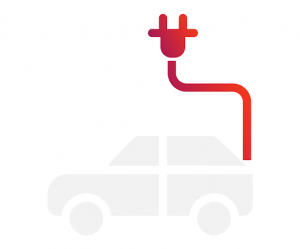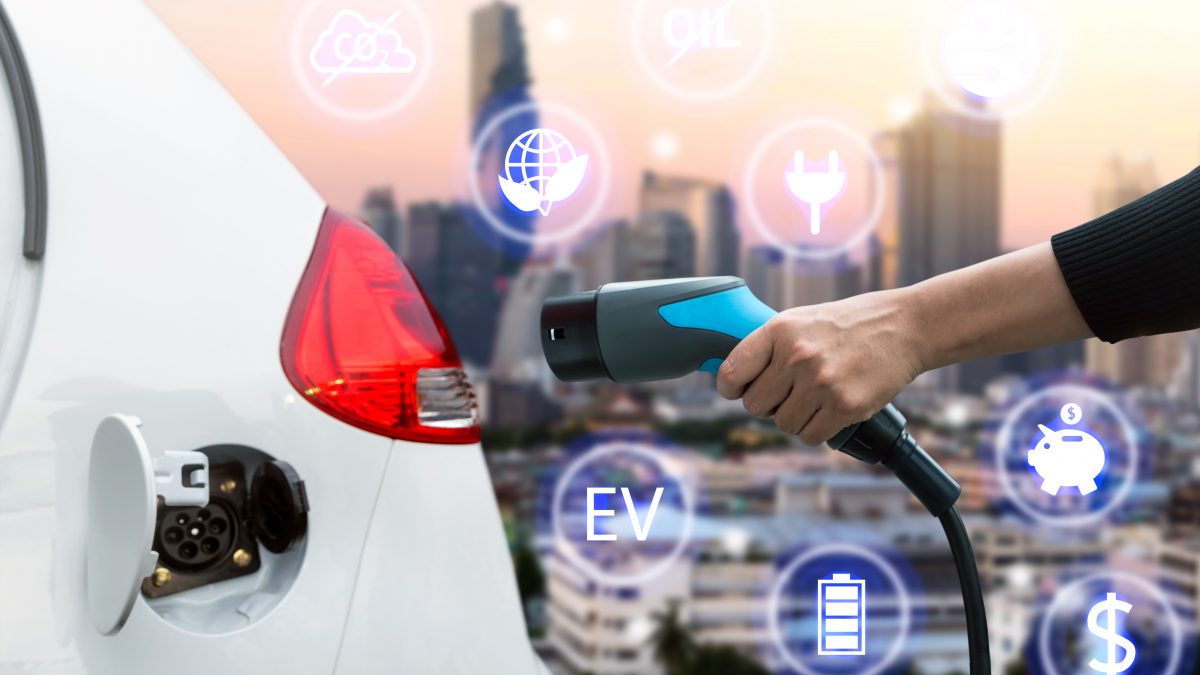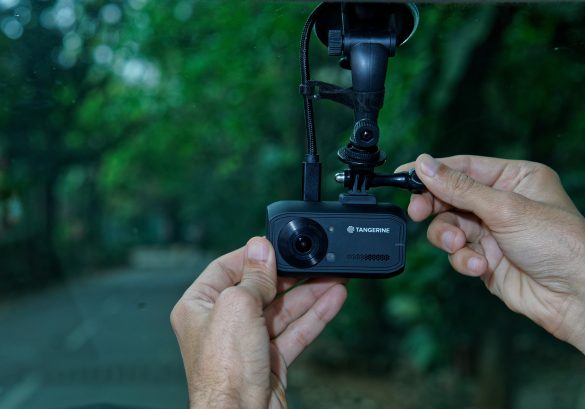Electric vehicles are the future and recent reports have confirmed that these vehicles have now entered their fastest phase of growth. Drastic improvements in Electric Vehicle (EV) technology, along with the government’s focus on reducing global warming and encouraging zero-emission vehicles, have provided a much-needed impetus to the EV market.
When placed in an electric vehicle, Telematics will track fleet data to help:
- Monitor energy consumption and energy generation.
- Improve driving habits.
- Monitor battery’s state of charge.
- Location and booking of the next charging station.
With such telematics data in hand, field service managers can also do effective route management, benchmark vehicle utilization, monitor charge reporting, and measure whether their plans are effective in reducing costs and emissions.

Monitor energy consumption and generation
Fuel and Electric Vehicle Energy Usage Report
You must review both fuel and EV energy usage. This helps answer questions such as the typical electric range and the performance of fleet Electric Vehicles compared to fuel vehicles. The Fuel and EV energy usage report provides an insight into battery use specifically, if it is being maximized and identify if any of the EVs are running solely on gas.
Electric Vehicle Fleet Map Functionality
The Fleet map functionality includes real-time data on battery charge percentage and charging status. The Real-time battery charge percentage helps you identify which EVs/PHEVs in your fleet have the most or least battery charge. This helps to dispatch the nearest vehicle with enough battery charge to get the job done. Real-time charging status provides a view of which vehicles are actively being charged at any given time.
Custom Notifications with EV data
The custom notifications enable you to receive notifications when the battery of a vehicle reaches critical level while on the road and needs to be charged. You can prioritize charge order based on vehicles in the lot with the lowest charge level. By establishing a �?no-charge time’ rule, you can eliminate charging during peak electricity rate times. If a vehicle is charged during the time, a notification can be sent to the fleet manager.
Alerts and Notifications
Telematics solutions must be able to send notifications by email, SMS or web application; either to the management team, or directly to the driver. You will need real-time notifications for conditions such as:
- Optimized charging:
You can be notified if an EV should be charging and is not, ensuring that the vehicle is fully charged when it is needed and a driver is not missing a charging opportunity. It could be that the EV was not plugged in, or there is a malfunction with the charging station. Knowing each vehicle’s real-time charging status prevents loss of productivity resulting from insufficiently charged vehicles, or from drivers who forget to plug in.
- Charging complete:
The dispatch team receives an alert or e-mail notification, alerting them to the fact that the vehicle is now ready for use, or the plug is available for use by another vehicle.
- Electric Vehicle model support
Unlike conventional Internal Combustion Engine (ICE) vehicles, EVs do not communicate EV specific information in any mandatory standards. The Telematics applications need the ability to access this information for all the models in your fleet that include EVs. That is why it is important to confirm that EV models you have in your fleet today and those you are considering in the future are fully supported for the data elements.
Final Words
Fleet Management is rapidly evolving and fleets of all sizes, across all service sectors that are turning to telematics platforms to optimize their operations. The need for EV-Specific Telematics is because of the emission reductions and the lower cost of ownership, which are the primary benefits and tied to the high utilization rate. Whether you are looking to make your fleet 1% or 100% electric, you must ensure that those vehicles are fully data supported by your fleet management system. EVs have unique metrics that need to be monitored in order to optimize their performance, range and return on investment. As well, that the telematics solution you have selected has the capabilities and historic track record to support future models.





